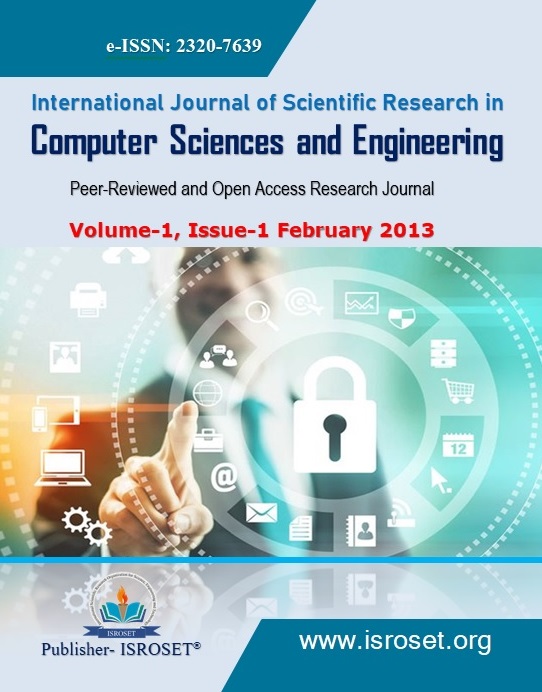Defect Prediction in Software Entities Classified in Terms of Level Dependencies
Keywords:
Unit Testing, Level Dependency, Defect PredictionAbstract
Unit testing is the core fundamental to ensure code is in accordance with the design specifications. The coding and unit testing standard reflects the stability of project (not to mention the testing effort).Code stability is greatly influenced by the efforts of unit testing, which can be automated to reduce the human efforts. In spite of several tools identified for unit testing, tools need to be able to identify the level dependencies or depth of program entity usage in software fragments. This factor greatly influences unit testing complexity. Higher the level of dependency, the greater the complexity of unit testing the code. Here based on level dependencies we predict defects in any expression. A predicting defect-prone software component is an economically important activity and so has received a good deal of attention. However, making sense of the many, and sometimes seemingly inconsistent, a result is difficult. The main objectives of this paper are unbiased and comprehensive comparison between competing prediction systems. This paper mainly focuses on two learning algorithms OneR, Naive Bayes. By using those two algorithms we calculate the error rate. We can predict defects based on those error rates.
References
Kent beck, test-driven development by example, addison wesley, 2002.
Roy osherove, the art of unit testing with examples in .net, manning publications, 2009.
C.nebut, “automatic test generation: a use case driven approach” , ieee transactions on software engineering, vol. 32, no. 3,pp140-156, march 2006.
S.vegas, “maturing software engineering knowledge through classifications: a case study on unit testing techniques” , ieee transactions on software engineering, vol. 35, no 4,pp-551-556, july/aug-2009.
Ciupa, ilinca, et al. "experimental assessment of random testing for object-oriented software." 2007.
Oriat, catherine. "jartege: a tool for random generation of unit tests for java classes." quality of software architectures and software quality (2005): 242-256.
Narendra kumar rao, b., a. Rama mohan reddy, and k. Ravi. "level dependencies of individual entities in random unit testing of structured code."electronics computer technology (icect), 2011 3rd international conference on. Vol. 6. Ieee, 2011.
Qinbao song, zihan jia, martin shepperd, shi ying, and jin liu, “a general software defect-proneness prediction framework” ieee transactions on software engineering, vol. 37, no. 3, may/june 2011.
Buddhinath, gaya, and damien derry. "a simple enhancement to one rule classification." department of computer science & software engineering. University of melbourne, australia (2006).
Radlinski, lukasz. "a survey of bayesian net models for software development effort prediction." international journal of software Engineering and Computing2.2 (2010): 95-109.
Downloads
Published
How to Cite
Issue
Section
License

This work is licensed under a Creative Commons Attribution 4.0 International License.
Authors contributing to this journal agree to publish their articles under the Creative Commons Attribution 4.0 International License, allowing third parties to share their work (copy, distribute, transmit) and to adapt it, under the condition that the authors are given credit and that in the event of reuse or distribution, the terms of this license are made clear.







